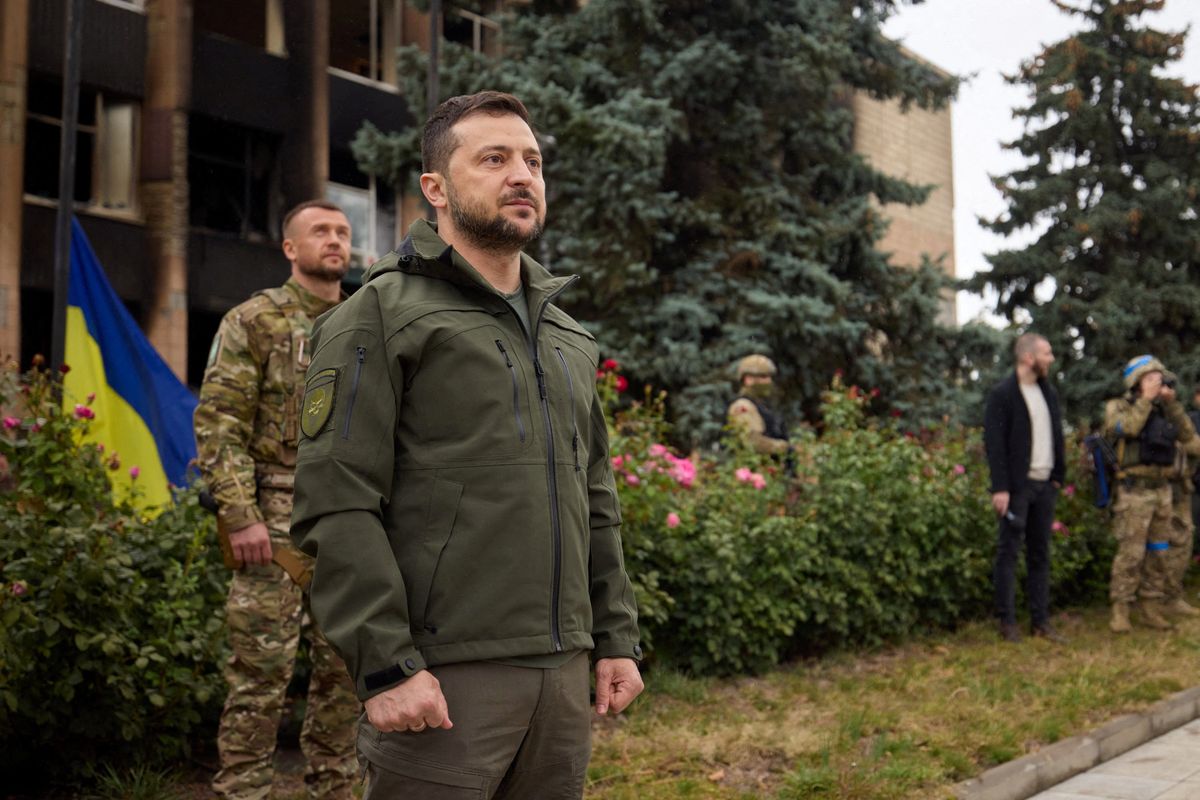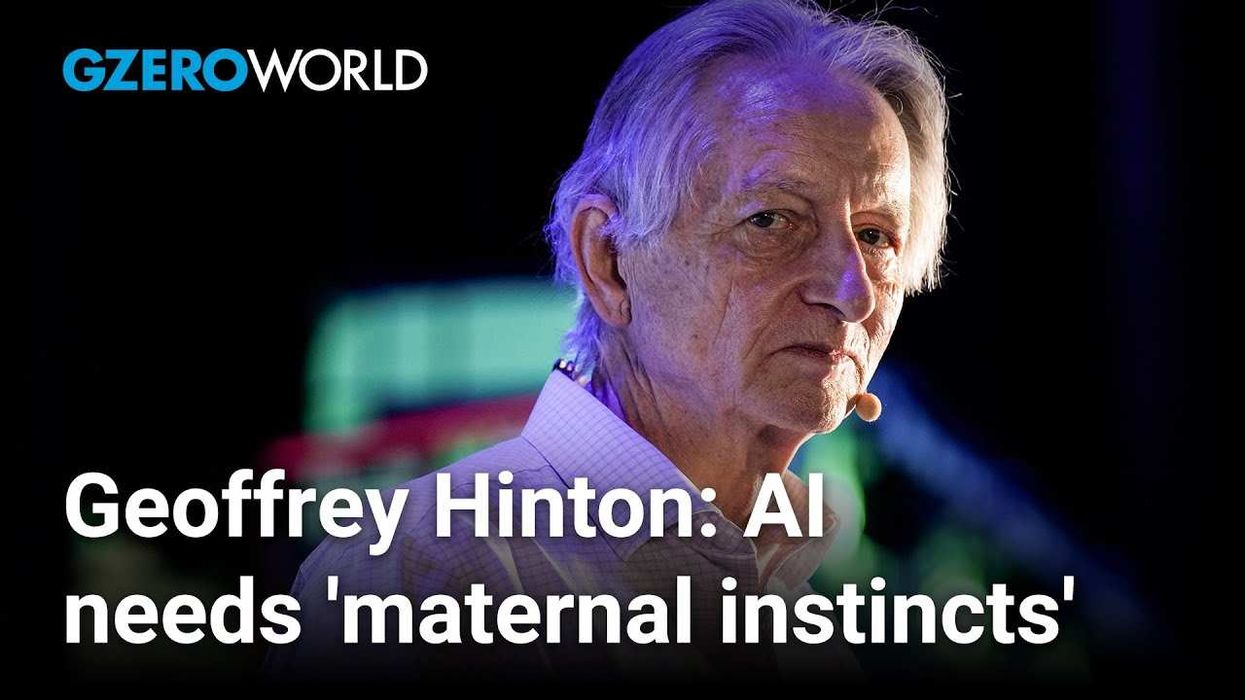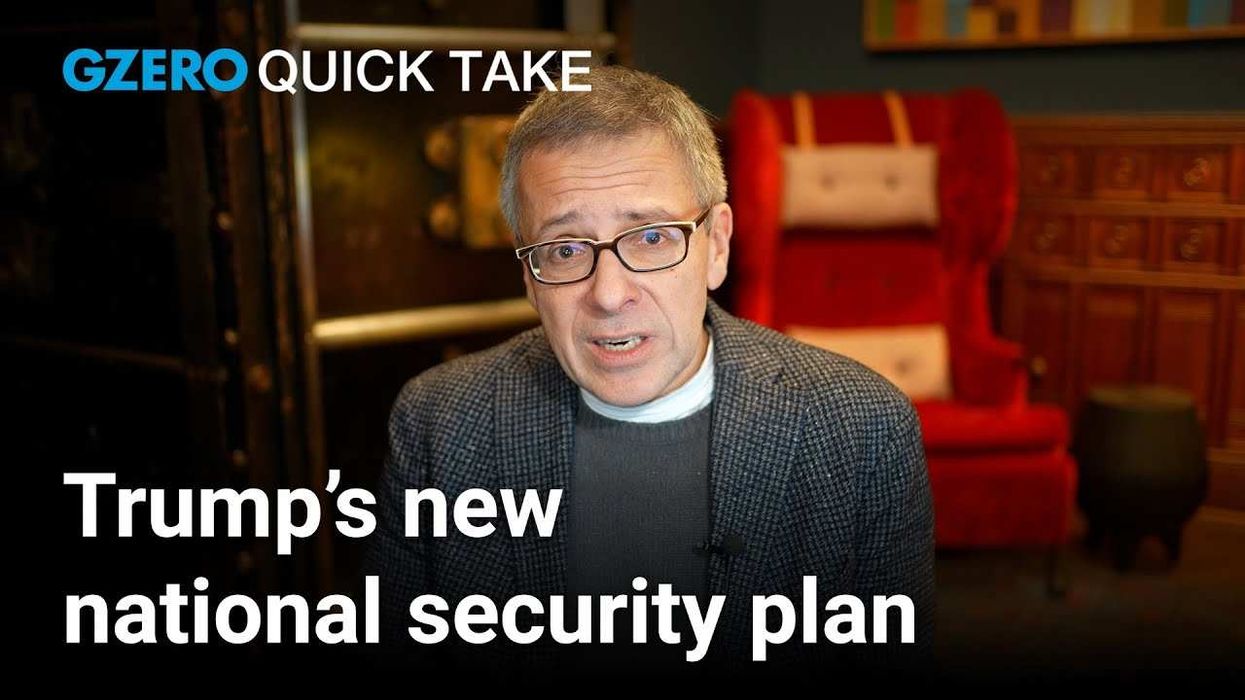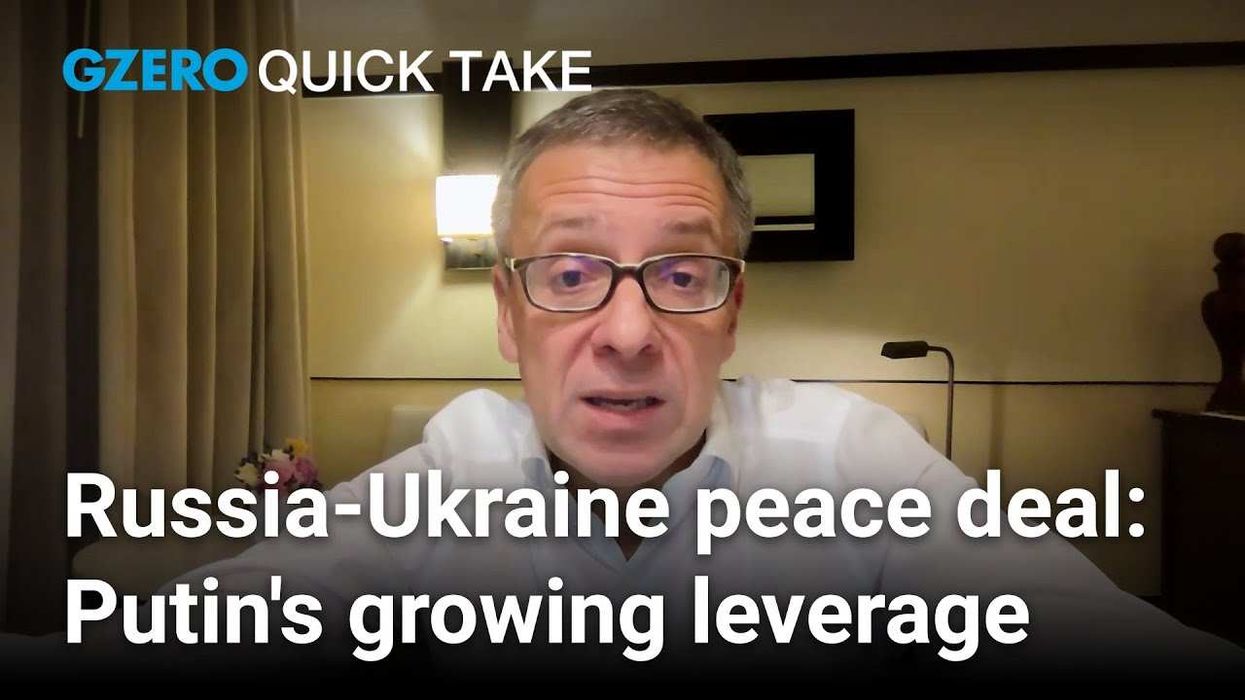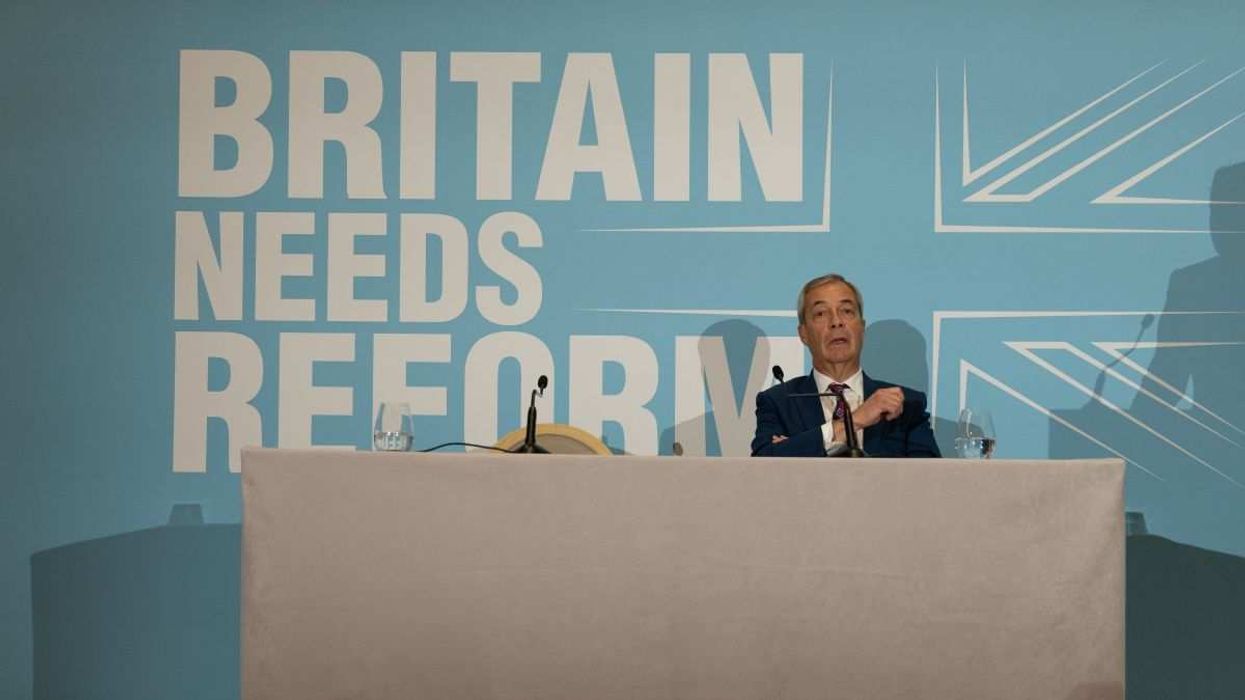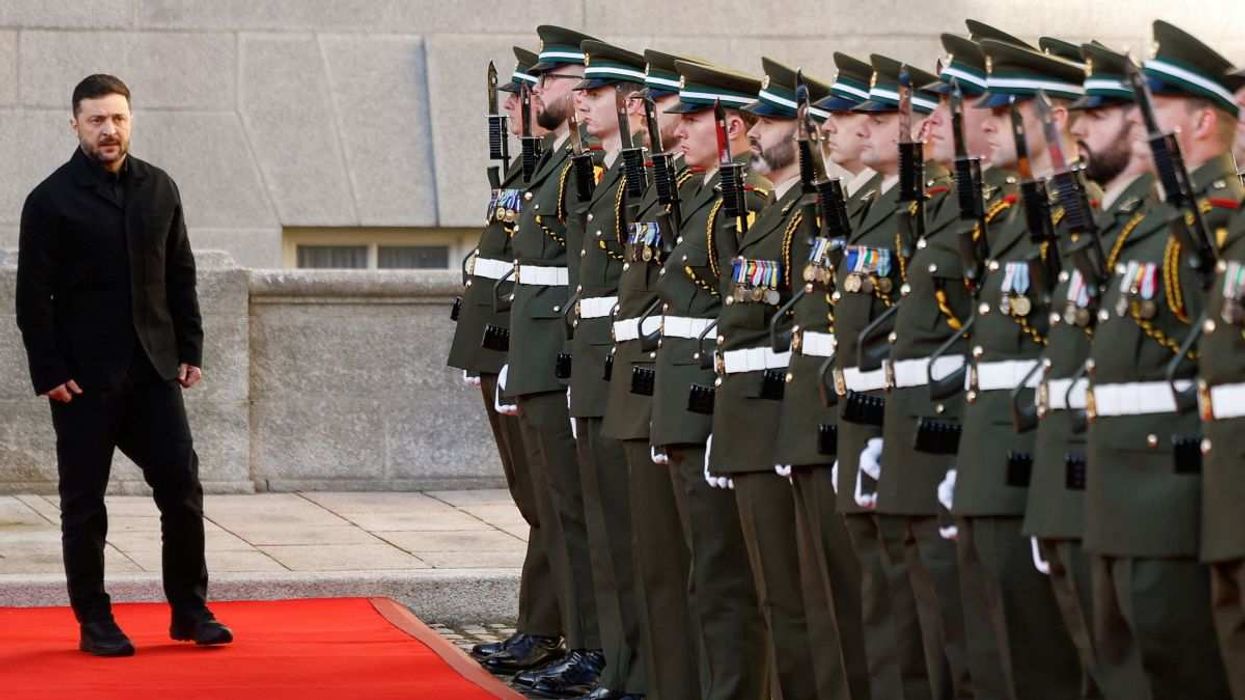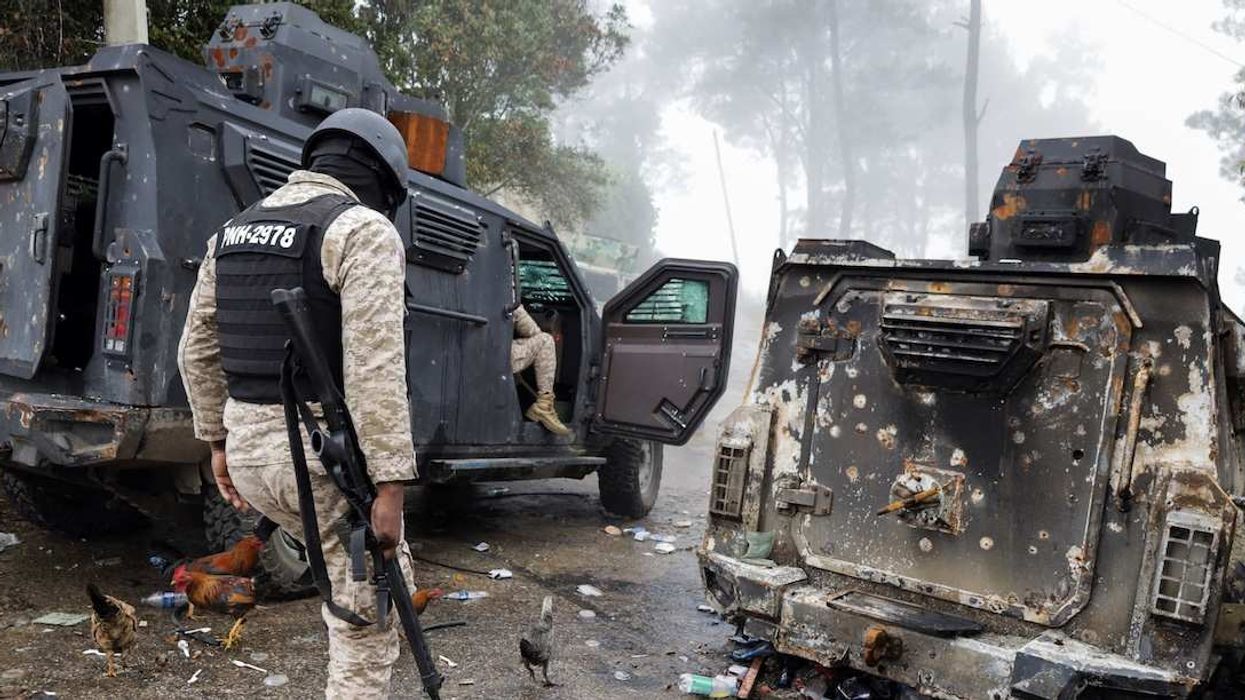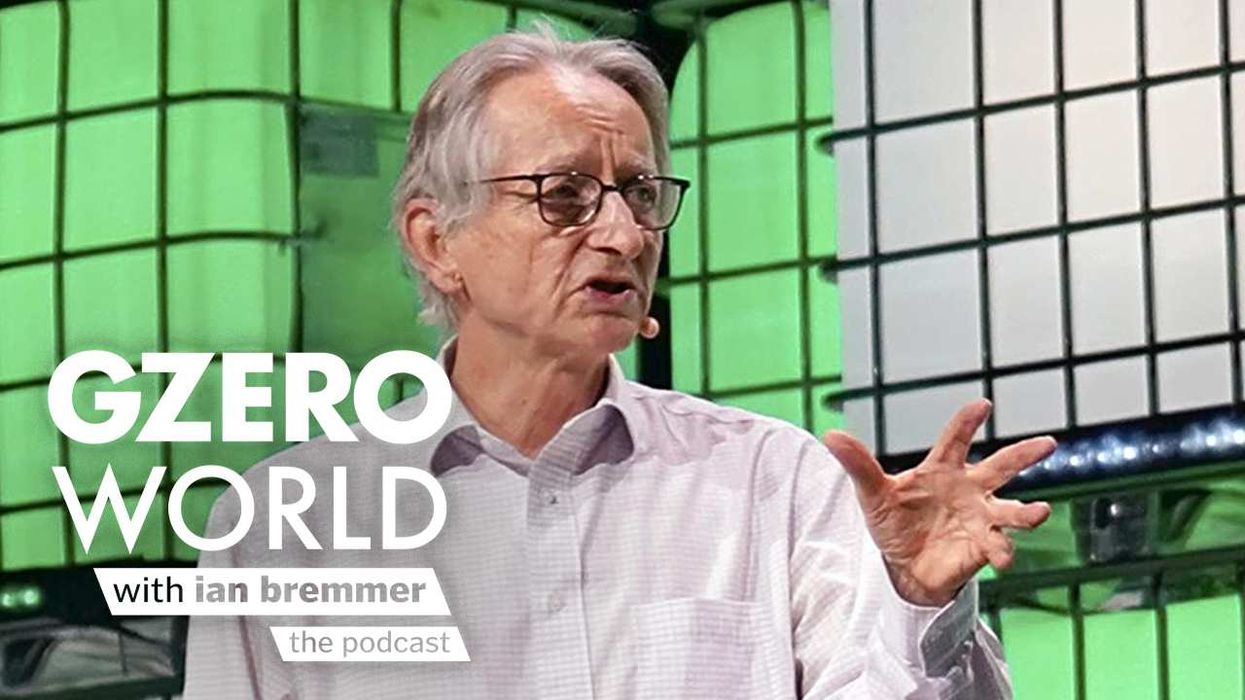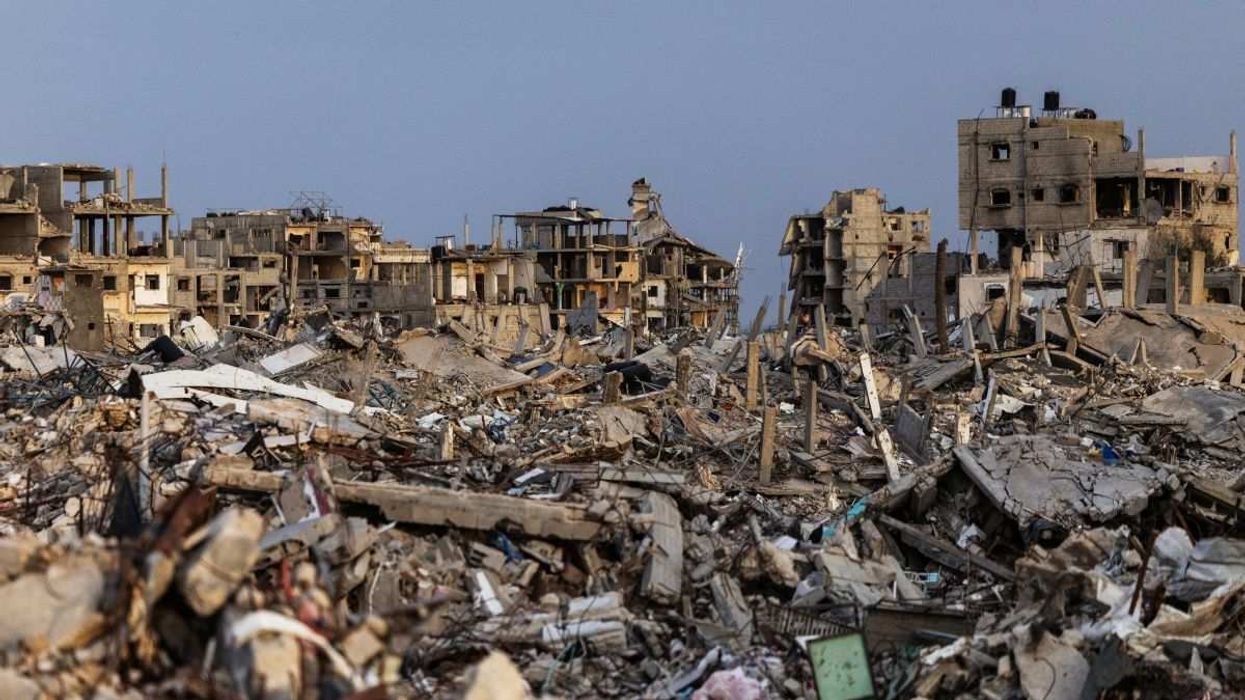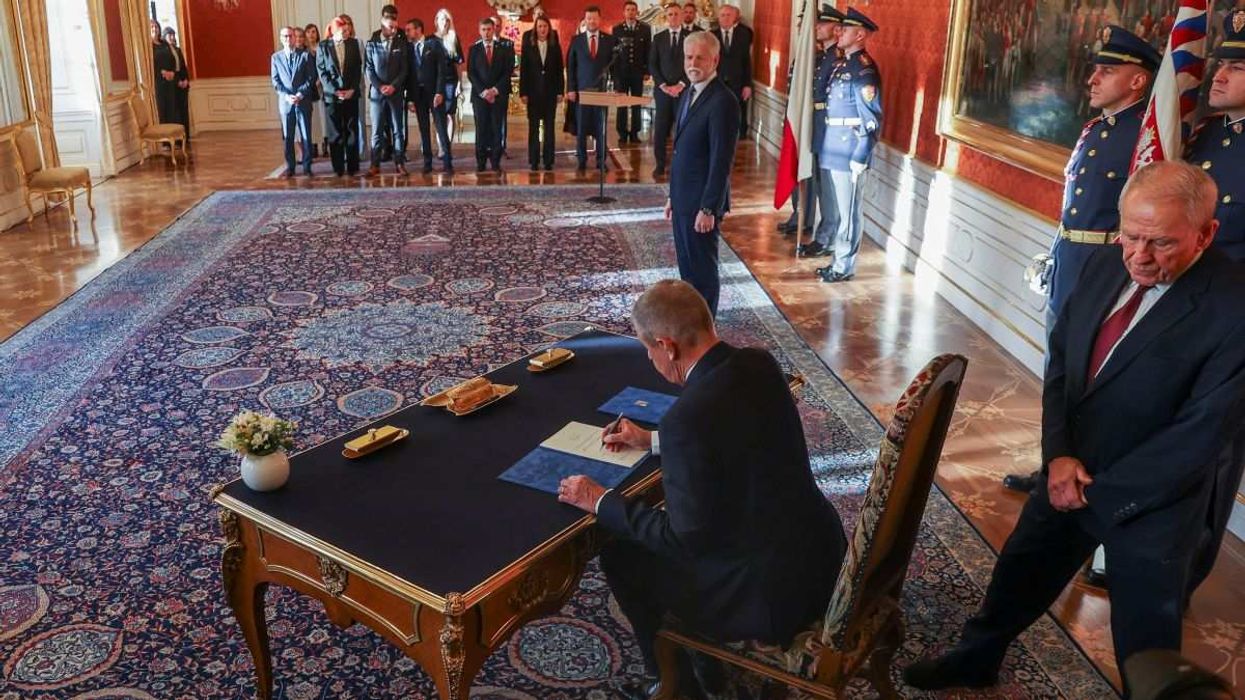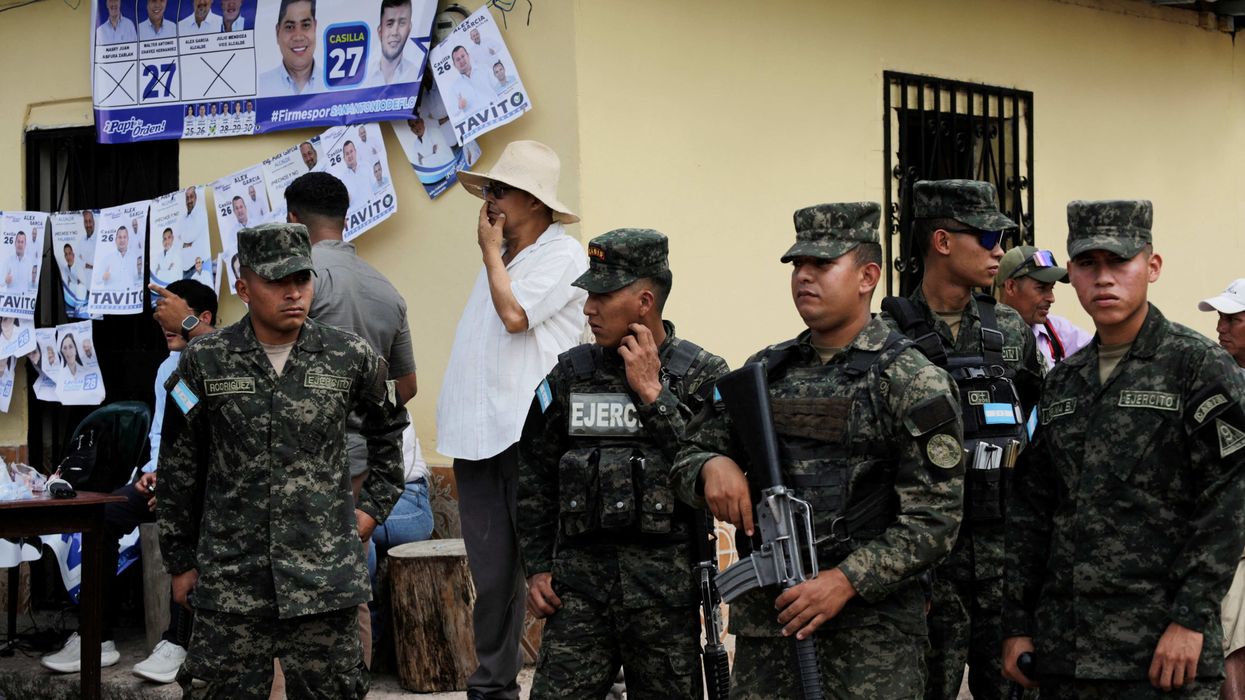Ukraine and Russia have each upped the intensity of attacks in recent days in preparation for the main event in Ukraine’s ongoing (slowly advancing) counteroffensive. Ukraine wants to prove it can deal Russia a heavy-enough blow to restore sagging Western confidence (see Ian Bremmer’s recent TV episode on this issue) that it can force a Russian retreat from strategically vital occupied territory before winter makes ground operations more difficult. Russia, in turn, wants to persuade Europeans and Americans that it can absorb all the punishment Ukraine can deliver and that further Western support for Kyiv will be wasted.
On August 6, Ukraine significantly damaged two important bridges used to resupply Russian forces in occupied Kherson Oblast from occupied Crimea, a move the Institute for the Study of War, a Washington-based think tank, argues may signal an effort to interrupt Russian resupply logistics and soften up Russian fighters in advance of a major Ukrainian push to reclaim territory.
For their part, Russian forces over the past few days have “conducted one of the largest missile and drone strike series on Ukraine in recent months,” according to ISW, to continue to raise the cost of the war for Ukraine and its backers.
